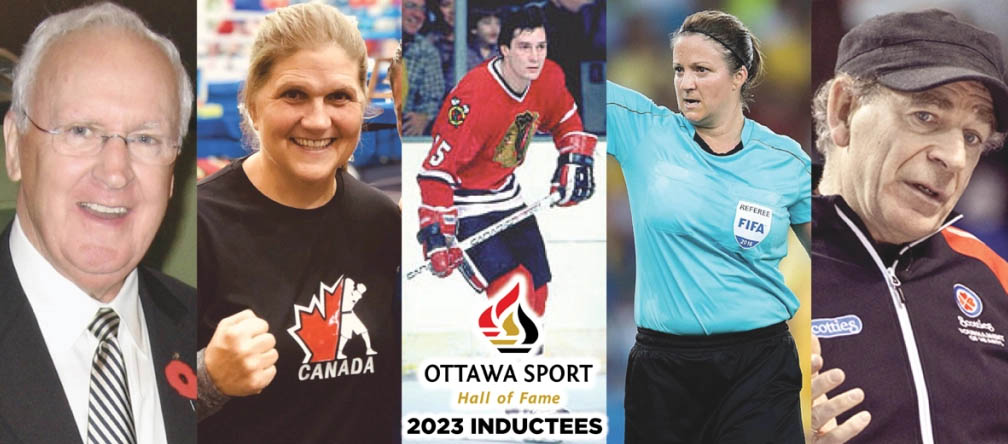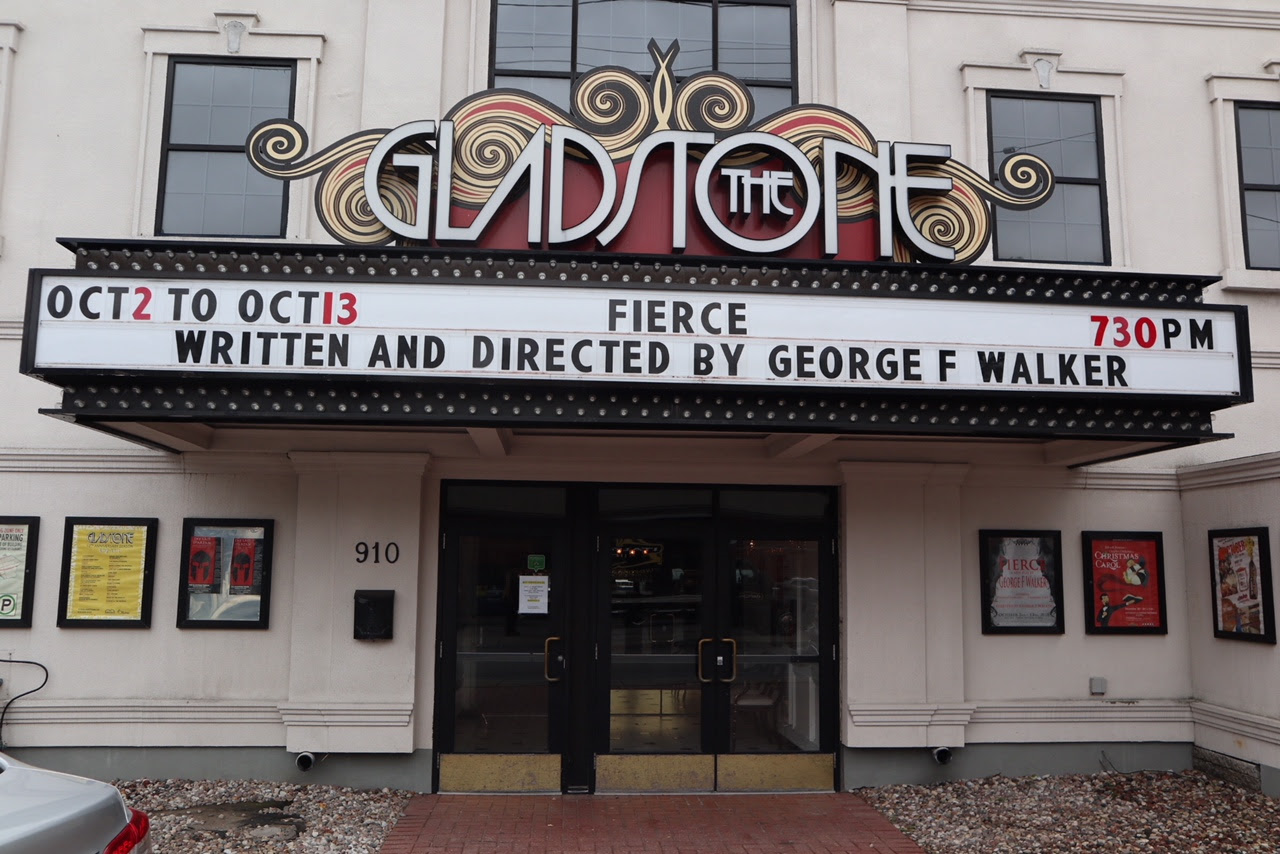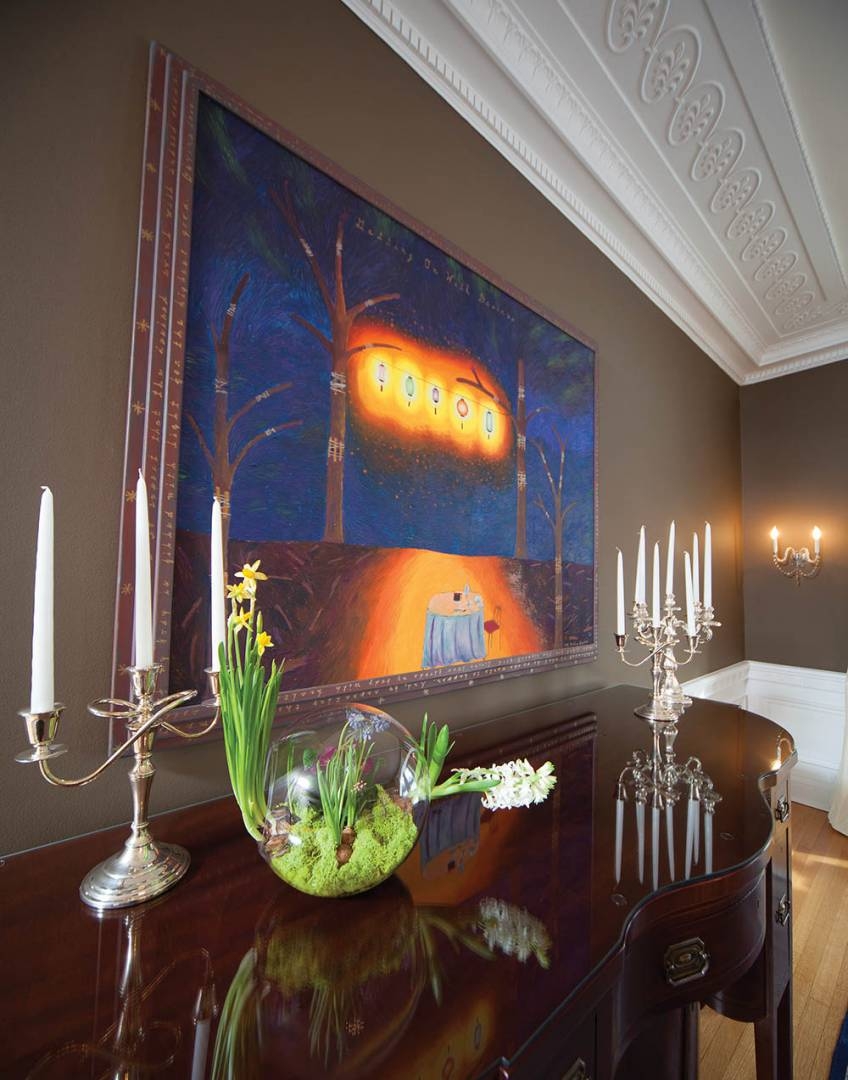
Plans of His Own – The Gordon Lightfoot Interview – Part 1
Listen to part one of our interview with Gordon Lightfoot above.
The singer lay silenced, his synapses struggling for some light within the darkness of the coma that had muted his voice. An eye flutter here, a possible movement there but the man who’s music meant much to many, a country's troubadour, wasn’t waking up. It was a state he would remain in for nearly 42 days, six weeks hushed while those who loved him worried by his bedside.
They would place headphones over his ears, pumping songs from other weavers of words into his brain hoping one of them would trigger something, anything, a memory that could awaken him. For weeks there was nothing but then, suddenly, words and melody collided in the needed blend of musical medicinal melding. Somewhere in the black he heard a voice.
The minstrel of the dawn is here
To make you laugh and bend your ear
Up the steps you’ll hear him climb
All full of thoughts, all full of rhymes
Listen to the pictures flow
Across the room into your mind they go
And into his mind they went and not just any rhymes, not just any words. These were his rhymes, his words written over three decades before the ruptured abdominal aortic aneurysm that placed him in this current state. For weeks they had tried to rouse him with the music of others but, in the end, the singer finally opened his eyes to his own song.
In the years to come, there’d be surgeries, a tracheotomy, a stroke and even media reports that he had shuffled off this mortal coil. Not true. Not today. Not yet. There were still words to write, still music to play, still work to do. The rumours of his death, as they say, were greatly exaggerated.
Gordon Lightfoot had other plans.
“I wondered if I would ever be able to perform again. I tell you, for a while there I wasn’t sure,” Lightfoot tells Ottawa Life between tour stops, some that include his first UK shows in over 30 years. There's a chuckle in his voice, the kind that only comes from those who have narrowly skittered away from tumbling over the edge where now, with a little distance, they can laugh about it.
That fact that the wheels are still rolling is a testament to his endurance, something Lightfoot is no stranger to. He’d climbed mountains before: loves lost due to the inherent distance of the journeyman, battles with the bottle and road weary loneliness where sometimes strangers are your only comfort. These peaks he'd faced were now behind him. This new climb, however, would be like hiking up Everest backwards and blindfolded. Lightfoot glanced up, breathed in, and took the initial steps armed with a new life model: “Don’t stop now!”
The road to recovery wouldn’t be without a few rocks (and at least a couple of boulders) but the Canadian folk legend pushed on returning to the familiar with a steadfast resolve to only allow the illness to slow him, not stop him. With temporary paralysis in two fingers on his right hand, the man retaught himself how to play his instrument, the guitar that over the decades must seem more like an extra limb. When his body weakened he engaged in a disciplined daily exercise routine to regain his strength.
“Don’t stop now!”
It only took a year to return to the studio. Music had brought him back and the music he would serve. Since then he’s embarked on multiple tours, appeared on Canadian Idol, amassed even more accolades and released two new albums. He says he’s slowed down, though.
This week he debuts his first tune in 12 years, “Plans of My Own”, an unreleased ghost Lightfoot decided to shake the dust off of and breathe a little life into.
His latest track is an ode to the road, looking back at the miles already traveled and the ones that remain. It’s a place where the musician has spent much of his life, where he continues to return to, moving still from city to city, thankful to be alive and sharing his songs.
In part one or our two-part interview, we find Lightfoot reflecting
back on his career that began early, a thirteen-year-old kid singing
on the stage of Toronto’s famed Massey Hall. We’ll follow his trek
into pre-60s California, his early days in the folk revival and
the day a young Bob Dylan chided him for
not knowing how to type.
Ottawa Life: Back in your hometown this month The Orillia Festival celebrated your music with Lightfoot Days. That’s got to feel great. You’ve said you owe a lot of what shaped your voice to your childhood singing with the Orillia St. Paul’s United Church. Can you elaborate on what you feel you learned?
Gordon Lightfoot: Well, it was a training ground for anyone who ever had any thoughts of being a singer and I had thoughts of doing that very early. Singing in the choir was sort of a step in that direction but, at the same time, my mother was a very kindly lady and she got me taking piano lessons. I was doing both and one sort of helped the other. They worked together. The second year I got to sing a solo in Massey Hall at age 13 and. I think since that time I’ve done in the area of 167 concerts there. Sometimes we’d do about four of five nights in a row there. But it all started with singing in the junior choir, to make a long story short.
Another honour was having a four-metre statue of you put up out there. What were you thoughts when you discovered that you’d be immortalized in bronze?
It’s actually more of a sculpture. I refer to it as a sculpture. I’m very proud of it. It’s very nice and it actually transports me back to the ‘70s. It’s the way my head looked during the ‘70s. What comes with the sculpture are about twenty of my songs engraved in it with illustrations that surrounds this thing. I love it!
You mentioned first singing inside the legendary Massey Hall when you were only 13. What has that particular venue come to mean for you over the years?
Well it’s like a home base. It’s a tradition! It’s like a hometown for me now, so we’re playing for the hometown and the relatives and the friends. We want to do a good job when we play there. We’re thinking about the shows we are going to do there months in advance. I start thinking of what kind of show I am going to do at Massey Hall this year.
Many musicians left Canada to find greater fame in the U.S. (Leonard Cohen, Joni Mitchell, Neil Young) but, unlike them, you didn’t remain long. What was that time like for you?
Well, I think Leonard spent a whole lot of time in Montreal. He divided his time back and forth. The other two actually did move down there to get their green card status. We deal with our work permit problems. It’s a rotating thing. I could have moved down there and gotten a green card but the fact is I was signed with two American companies and there was never a problem getting a work permit. So, I just stayed here.
What do you feel you took back with you from your time out there?
I actually went to school there when I left high school to study notation. I was writing songs and trying to write charts and I didn’t know how to write music. Even though I had the piano lessons and all that business earlier I wanted to learn how to write music, put it all on to paper. As a matter of fact, it was the job that I did when I got back to Toronto. As a copyist I learned a whole lot more. So then I could write my own arrangements. A lot of this stuff goes to paper first. I did just about all of that, handwritten, for my first 18 albums.
You made that move right before the '60s gave rise to a lot of changes to the way art was viewed and created. A lot of that took place in California where you were. What do you think an alternative version of you might have done had you remained in 1960s California?
I actually was not quite sure at that point in time. I came back here after having done that, came back to Toronto to look for work. I got a job here in the city, worked in an office for 14 months and kept writing songs. Just about the same time the folk revival busted into the picture and I started to get interested in Pete Seeger and Bob Dylan and Judy Collins. I took that as a direction in which I might travel with my writing, where I could stop using the piano as a writing tool and start using the guitar. I had learned to play the guitar when I was 15 and now I’m talking about six years later. I got into that groove. I joined up with the folk revival, became part of that, and got a recording contract. I had a partner and we sang in bars and lounges and coffee houses. I got a job next as a choral performer in a television variety show that was played 35 times a year because I was a good sight reader. A lot of that went back to why I went to West Lake and why I came home. I guess you could say I probably had no intention of staying out there. I was there to take a course.
Despite where your music would end up, I read it was jazz got you out there?
I was interested in jazz all through high school and it was a jazz orientated school that taught that notation, sight reading, ear training, transposition, time values, all things you need to know to write music by hand. In those days you had to write your own lead sheets to get them registered and copyrighted. You had to write them right out and mail them in but before you did that you had to send one to yourself. So you had to do it twice! I was up burning the midnight oil at lot of times writing music. It was like Johann Sebastian Bach, you know, where his wife stands over him with the candelabra and says: “Johann, the garbage?”
That’s a fair compassion.
And I was married and had two very young children born thirteen months apart. I was living in a very small apartment and I was 25 at that point. You know, I just kept writing and all of a sudden I got some stuff recorded by Ian and Sylvia Tyson, one of the most esteemed folk duos of all time. From there they were under contract with a very high-level management firm in New York. Ian then did a very unselfish thing when he moved those songs on to Peter, Paul and Mary. They were doing really well at the time. They recorded a couple of songs and mine got released as a single and made it up to number five in the Billboard charts.
Kind of reminds me of the Byrds covering Dylan back then, having hits with Bob’s tunes.
Peter, Paul and Mary also did a lot Dylan’s tunes.
Speaking of covers of your songs, I look at, well we just mentioned Dylan, Belafonte, the Grateful Dead and Barbra Streisand and even actor Mike Myers come to mind. Do you have any particular favourites?
I like the one that Diana Krall and Sarah McLachlan just did on “If You Could Read My Mind” . It’s different. That’s why I like it so much.
You’ve mentioned looking at Dylan with such a respect for his music that you wanted to do your tunes the way he does his own. Subsequently, Bob has said you’re one of his favourite musicians. There is certainly a mutual respect there.
Remember I mentioned Ian and Sylvia being with that high level management? Well, the office that they were with also included Bob Dylan. So, I got to meet Bob because we were both managed by the same company. They had their homes in Woodstock prior to the Woodstock event and we would meet up in Woodstock. I would be at Bob’s house and then the Band came along and they got property up there and started backing Bob up on his shows. I watched that whole process.
Wow, front row seat to music history!
Then Janis Joplin came into the picture. It was really this high level…the guy’s name was Albert Grossman, that was his name, and he was the number one agent in New York for the folk/rock scene at the time. At lot of these agents must have thought it was D-Day, for goodness sake. One guy managed Simon and Garfunkel, another managed Pete Seeger and Arlo Guthrie and Woody Guthrie and Albert had Peter, Paul and Mary, Bob Dylan, Ian and Sylvia, myself and Odetta.
You’re just going through a who’s who of my favourite musicians. It’s fantastic! When it comes to Dylan, why do you feel there’s this mutual draw to one another’s songs?
It’s an amazing thing. I was always amazed by how prolific Bob was. That was the part of his example that interested me most. You know, I saw him sitting a typewriter one day, just typing poetry idly. There he was typing away on this old machine going right at it. There’s Bob Dylan, you just can’t imagine it. I was amazed because I didn’t know he could do that. It was one of these really old typewriters too. He says: “Hey, didn’t you take typing in high school?” and I say: “You know, Bob, instead of typing I took Latin class”.
We were just talking about one of your most iconic songs. “If You Could Read My Mind” is four years away from turning 50.
I always save that one for near the end of the show. Even I never get tired of playing that song.
Skipping ahead five decades, "Plans of My Own" is your first new song since 2004. Why do you think it’s taken so long for that one to see the light of day?
Well, that one got lost in the shuffle. I put it down one night when I was doing some demos. I admit, it sounds like a record. The trouble is the lyric. I had not had a chance to redo the lyric so it could become memorisable so I omitted it from the Painter Passing Through. Instead it got left in the vault until the engineer from the studio called me a couple of months ago and told me they were cleaning up their files and they were going to delete it. "What do you want me to do with this one?" he said. I thought I remembered that one, it was about being on the road. I was on the road still 15 years later so I told him to send it over. First my wife Kim liked it. Then my secretary Anne liked it. Then we sent it out to Rhino and they really liked it. So it had been gathering dust all these years.
It’s always fascinating to me when I learn that musicians that I am fans of, like yourself, have all these unreleased songs gathering dust, as you say. Springsteen is a guy who probably has about 15 albums of unreleased material. I was listening to "Plans of My Own" again this morning and I see how a lot of your songs are personal ones. This one, though, seems very reflective, about moving forward.
Always forward. Mostly I’m looking after my kids, now. I have six kids and a swatch of grandchildren so I like to pay attention. That’s one of the reasons why I don’t get deeply involved in making another album. It’s a matter of time, I guess, but I really love doing these shows. You know, I must have been about three and ever since they stood me up on my grandmother's kitchen table to sing and they gave me a round of applause…well, I guess I never forgot it.
In part two of our chat with Gordon Lightfoot, the musician talks about his near death experiences, recovering from illness and how he maintains his energy on stage. He also reveals what he feel is his greatest accolade.
Gordon Lightfoot returns to the National Arts Centre
on Saturday, November 19. Tickets are available
online or at the NAC Box Office.













